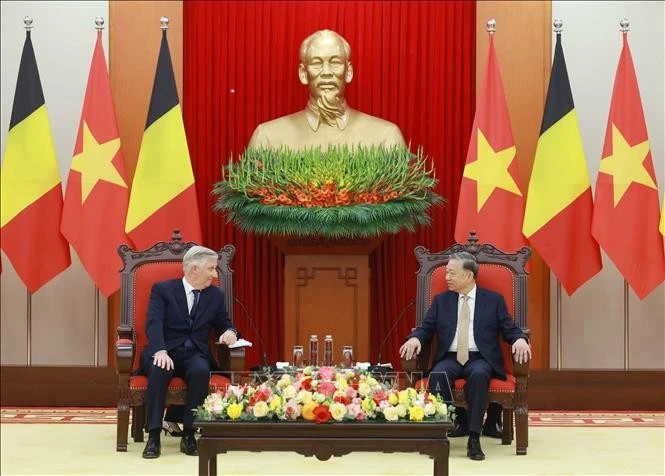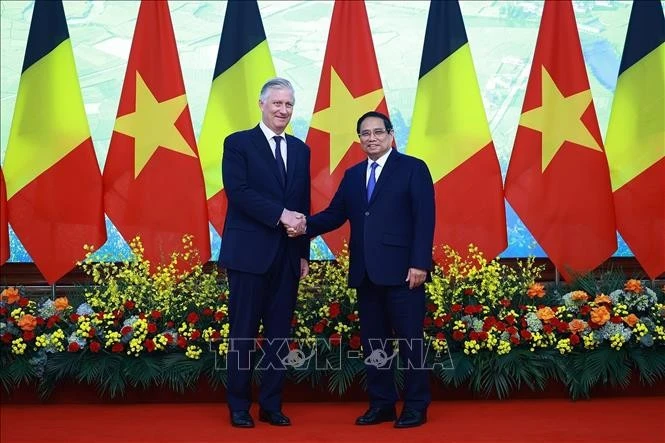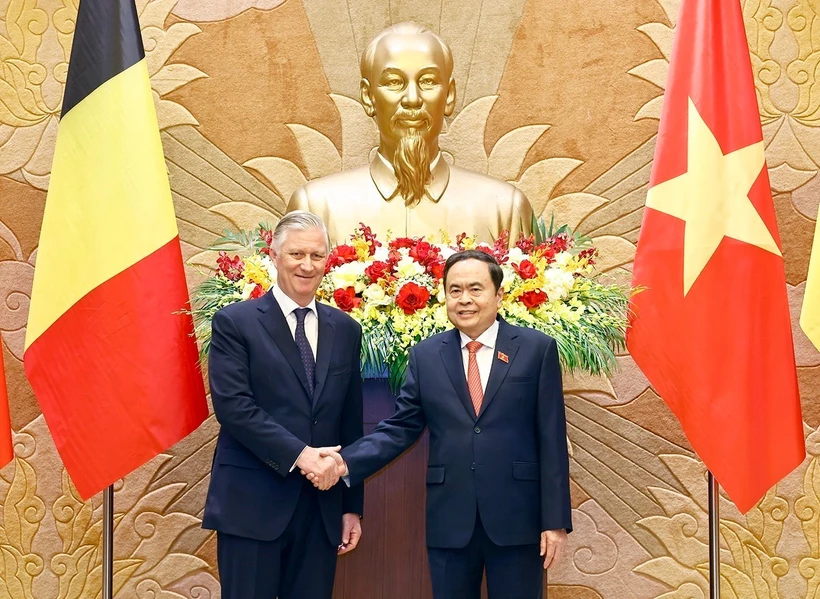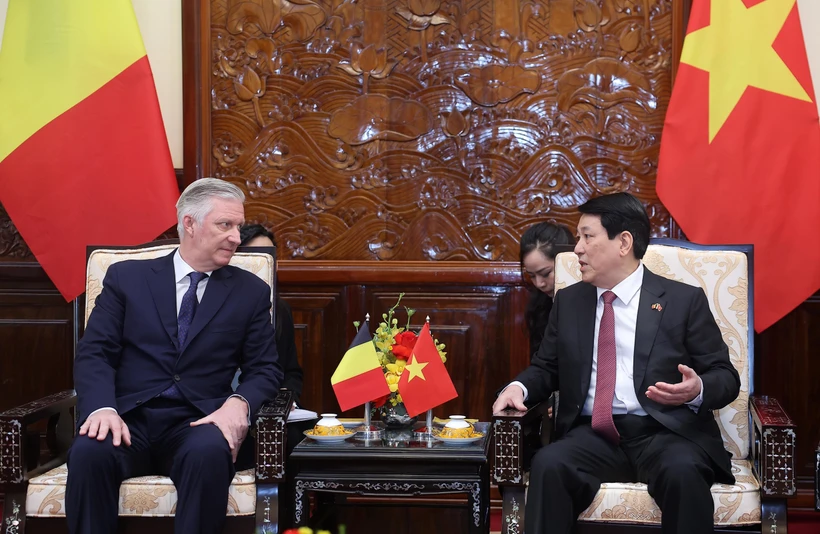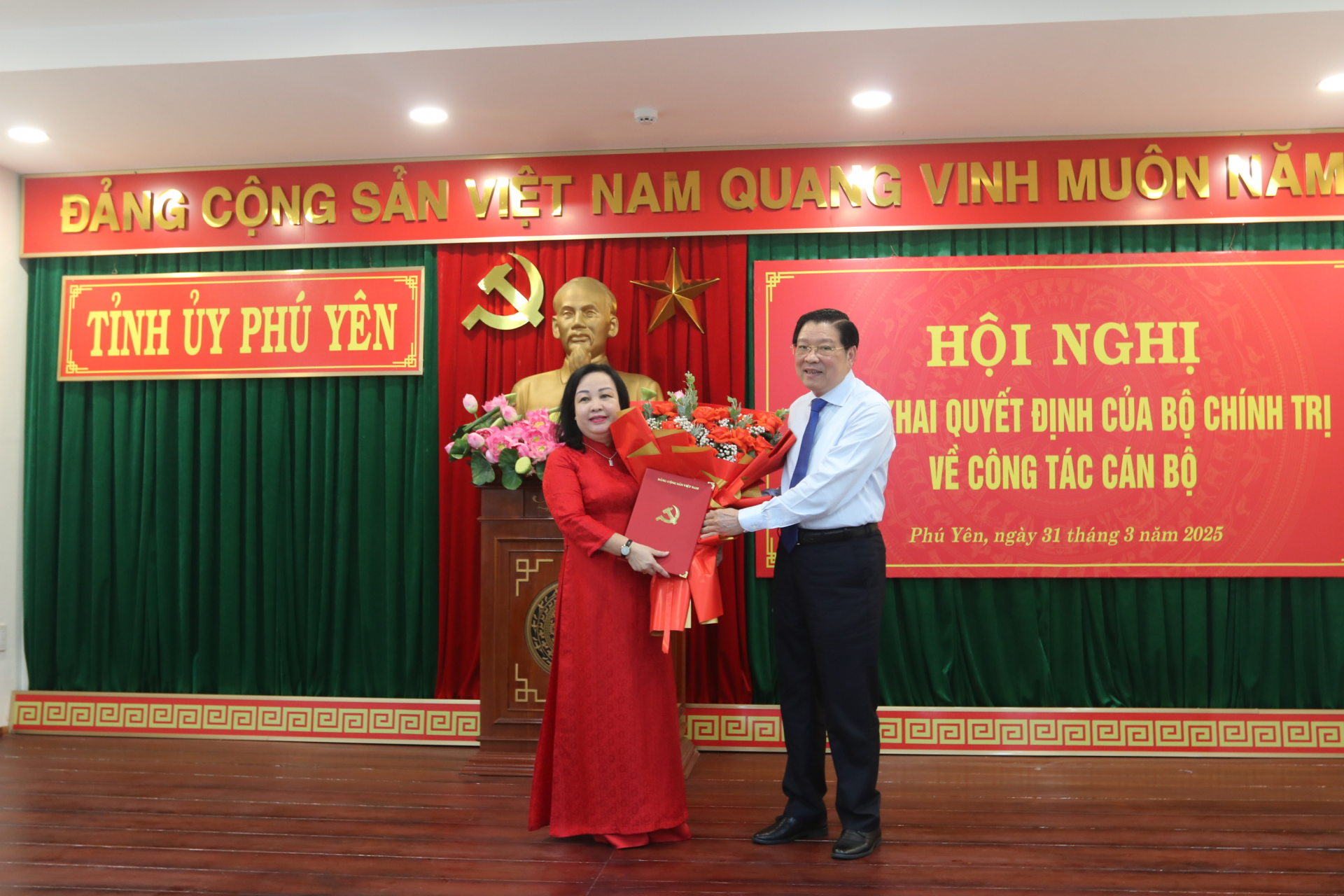Party General Secretary To Lam, who is also Secretary of the Central Military Commission, chaired the 13th meeting of the commission in Hanoi on April 2, which discussed a project on the organisation of an "elite, streamlined, and strong" local military structure to meet requirements in the new situation.
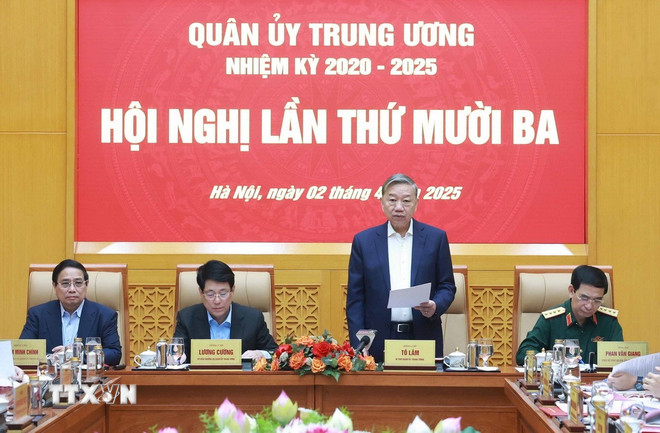 |
| An overview of the meeting. Photo: VNA |
Briefing participants on the report, the Central Military Commission’s Standing Board highlighted that the project aims to realise the Party Central Committee’s and Politburo’s resolutions and conclusions on continuing to streamlining and restructuring the political system’s organisational apparatus, re-organising administrative units, and developing the two-level local administration.
The report, which has been reviewed many times, is in line with the Central Military Commission and Ministry of National Defence’s demand to organise the local military structure based on the practical requirements of national defence in the current situation. These efforts should align with the strategic guidelines of the Party and the State on military and defence matters, inherit the essence of military art and the historical traditions of building and defending the nation, and take into account lessons from past wars and conflicts worldwide, particularly recent developments in warfare strategies and methods.
At the meeting, discussions focused on refining the scope, principles, and objectives of the proposal while addressing challenges in its implementation.
Concluding the meeting, General Secretary To Lam reaffirmed the principle of the Party’s absolute and direct leadership over the Vietnam People’s Army, ensuring that the military remains the core force in safeguarding the Fatherland.
The continuing re-organisation of the local military structure and the border guard force aims to enhance efficiency, reduce intermediary levels, strengthening their role as the core force in implementing the strategy of people's defence and people's war, ensuring the firm protection of national sovereignty and border security, he said.
The leader asked for selective adoption of historical experience in local military organisation while adapting to contemporary defence needs. The process should be scientifically sound and tailored to the structure and functions of the military.
He outlined the principle of aligning the restructuring with the overall policy of the Party and State, merging provincial military commands and border guard forces in line with merged provinces. The changes should strengthen the all-people defence and people-based security position and improve command capabilities while preserving national security stability.
General Secretary Lam assigned the Central Military Commission’s Standing Board to incorporate feedback from the meeting, finalise the proposal, and submit it to the Politburo for approval. Once endorsed, the commission will develop a resolution to guide implementation, update military training materials to reflect the new organisational structure, and propose necessary legal amendments to support the reforms.
The commission was also tasked with studying adjustments to the organisation of commune and ward-level military commands to match the communal-level administrative units’ scale, military-defence missions and current socio-economic conditions.



